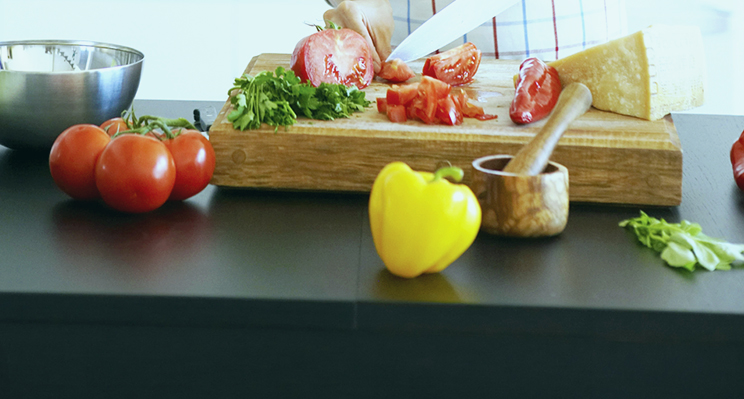Last night, on BBC2 , Dara Ó Briain’s Science Club looked into the microorganisms found within the human gut (gut microbiota) and highlighted new research which suggests it is not only important for your health but also for your mood and mental well-being too.
With this importance highlighted nationally, we thought it would be a good time to discuss the role of prebiotics as part of a balanced diet.
What are prebiotics?
Prebiotics have been described by Professor Glen Gibson as:
‘A selectively fermented ingredient that results in specific changes in the composition and/or activity of the gastrointestinal microbiota, thus conferring benefit(s) upon host health.’ 1
Prebiotics promote the growth of beneficial bacteria in the gut (for example Lactobacillus sp., Bifidobacteria sp.) and inhibit the growth of potentially harmful bacteria (for example bacteria that produce toxins such as Clostridia and Escherichia coli). The main types of prebiotics are fructo-oligosaccharides, oligofructose and lacto-oligosaccharides.
How do I incorporate prebiotics into my diet?
Prebiotics can be found naturally in food, especially in fruit and vegetables. Good examples are leeks, asparagus, garlic, onion, chicory and bananas. Wheat and oats are also great sources!
You can easily increase your prebiotic intake in your everyday diet, so why not try some simple steps (some suggested below) to boost beneficial bacteria in your gut and improve your intestinal health;
- Try snacking on a banana
- Crush garlic over your roasted vegetables for dinner
- You could even cook poached eggs with asparagus (below) for a delicious weekend brunch.
1 Gibson GR et al (2011) Dietary prebiotics: current status and new definition. IFIS Functional Foods Bulletin 7:1-19
Asparagus with poached egg

Ingredients:This recipe serves 4 people and takes 20 minutes to make
- 2 bunches of asparagus
- 2 tsp. vinegar
- 4 eggs
- 25g finely grated parmesan
Method
- Bring a large frying pan of salted water to the boil over a medium/high heat. Add the asparagus (with the woody ends removed), cook for 2 minutes or until bright green and tender. Remove the asparagus (use tongs to make it easier); place them on the plate and cover to keep warm.
- Add the vinegar to the water in the pan and reduce the heat to a medium/low temperature. Crack 1 egg into a bowl. Swirl the water in the pan (with a spoon) to make a whirlpool and carefully poor the egg into the centre of it. Cook for around 4 minutes (for a soft yolk) and transfer the egg onto a plate with a slotted spoon. Cover with foil to keep warm and repeat with the remaining eggs.
- Divide the asparagus among four plates; top each with an egg and season with salt and pepper. Top the dishes with parmesan to serve.
Enjoy!

